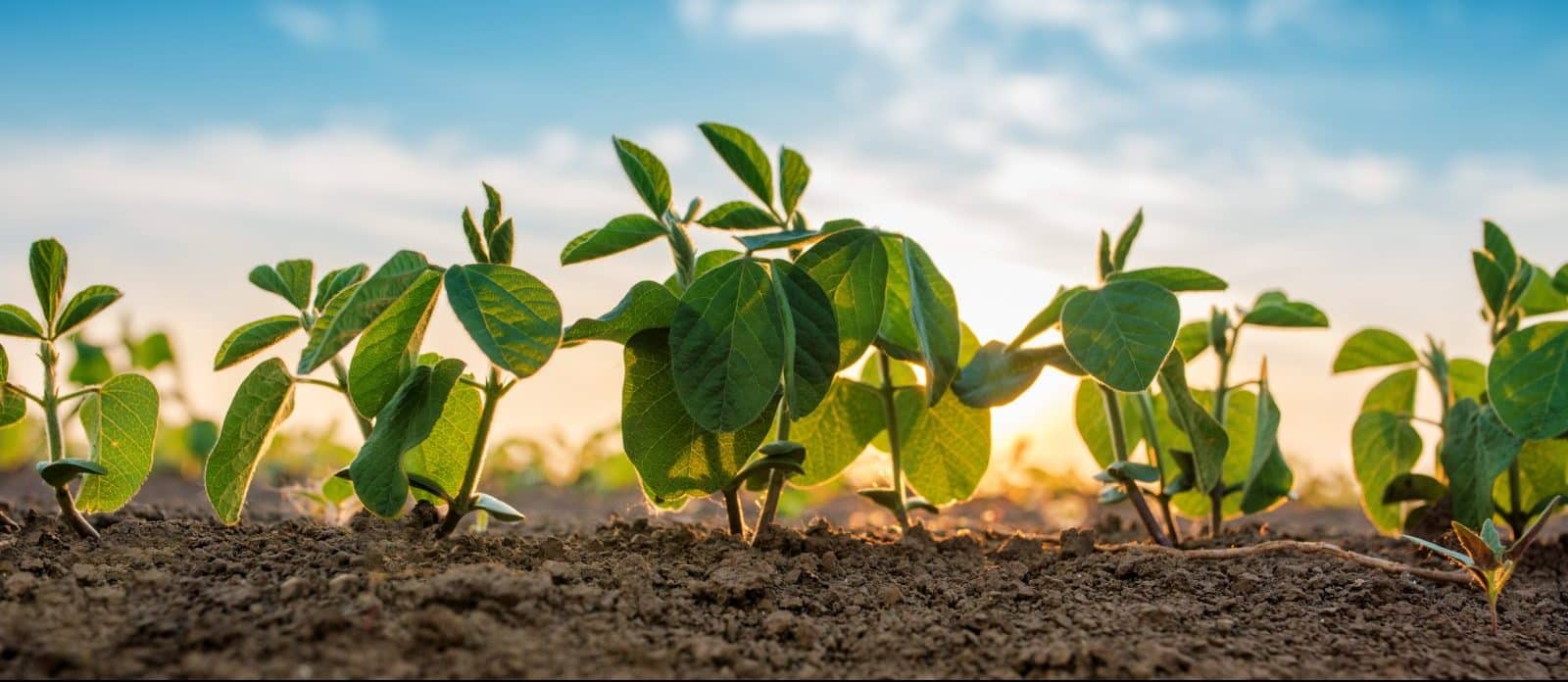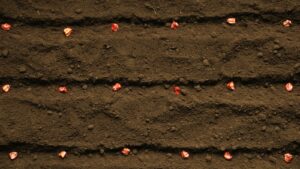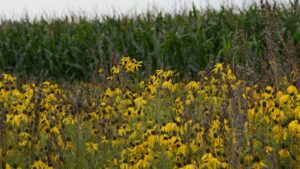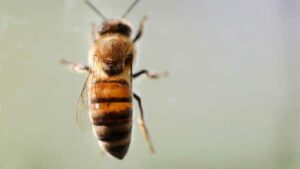As growers perform final tune ups on their planting equipment, seed sales professionals are making their own preparations for the 2018 growing season. Their objective is to deliver high quality, properly treated seed to farmers, something that requires time and attention to details.
Robert Graves, seed applied technology product manager for the Agriculture Division of DowDuPont, said he works with representatives who are trained and well versed in seed treatment fundamentals. As the planting season approaches, Graves is reaching out to sales teams and calling attention to long-standing seed treatment application standards that have been part of the DuPont and Dow AgroSciences portfolio of products.
His points cover the following four key areas.
Equipment Preparation
Before seed treatment begins, Graves said applicators must ensure their equipment is in top working order. All preseason maintenance should be complete and the equipment must be clean and functioning properly.
Successful Recipes
In addition to the mechanics of the process, applicators need to pay close attention to the products they’ll be using. That entails making sure the correct treatment recipes are ready to use and the prescribed application rates are correct. That’s only possible if all pumps and scales have been calibrated properly and treatment products are in good condition and thoroughly mixed.
“Focusing on recipes is really important. DuPont’s Integrated Seed Science Center (DISSC) studies each treatment component individually and collectively to ensure they fit together as a complete recipe. The DISSC team has rigorously tested and vetted these recipes for multiple years and we want to deliver those precise formulas to our customers,” Graves said.
Those different recipe components include various combinations of fungicides, insecticides, colorants, biologicals, polymers and rhizobia.
“Whenever one component is changed, you need to verify that the recipe will work as well or better than the current standard. Field testing is used to verify efficacy but we also want to consider things like how well the seed flows through the planter. If something isn’t properly calibrated or the wrong rates are used, we can’t ensure it will work as well as we intended,” Graves said.
One recipe applicators will utilize for the first time in 2018 is Lumisena™, a fungicide that offers a new mode of action for all life cycle phases of the most prevalent soybean disease in the United States, Phytophthora. Lumisena ™ seed treatment also offers Downy Mildew control for sunflowers.
Condition of the Seed
Product that’s ready for treatment shouldn’t still feel the cold chill of winter. For an effective application, seed must be experiencing similar conditions to that of the equipment and product at the time of treatment. That’s where air movement comes in.
“When seed is delivered it’s typically very cold. Since it’s stored tightly, it doesn’t get a chance to warm up on its own. It’s necessary to turn on bin fans and bring the seed up to normal temperatures,” Graves said.
Continuously Monitor Seed Quality During the Treatment Process
Graves said it’s crucial that treated seed is observed both technically and physically.
“It’s important to study reports for accuracy. They will indicate if targeted rates are being applied. One always needs to keep a close eye on those numbers to confirm consistency throughout the season. But it’s very critical everything is working properly and that rates are on target when treatment begins,” he said.
“Additionally, treaters should look at the appearance of the seed and ensure it’s what they expect in terms of qualities like even coverage,” he said.













